In the face of a rising global population, the food and agricultural industries have turned to biotechnology for solutions and new options as they respond to changing market needs and environmental challenges. Products and technologies created through biotechnology benefit consumers in a range of areas, such as improved nutritional value, lower costs, reduced use of pesticides and fertilizers, improved productivity and resilience to drought, and even less reliance on petroleum.
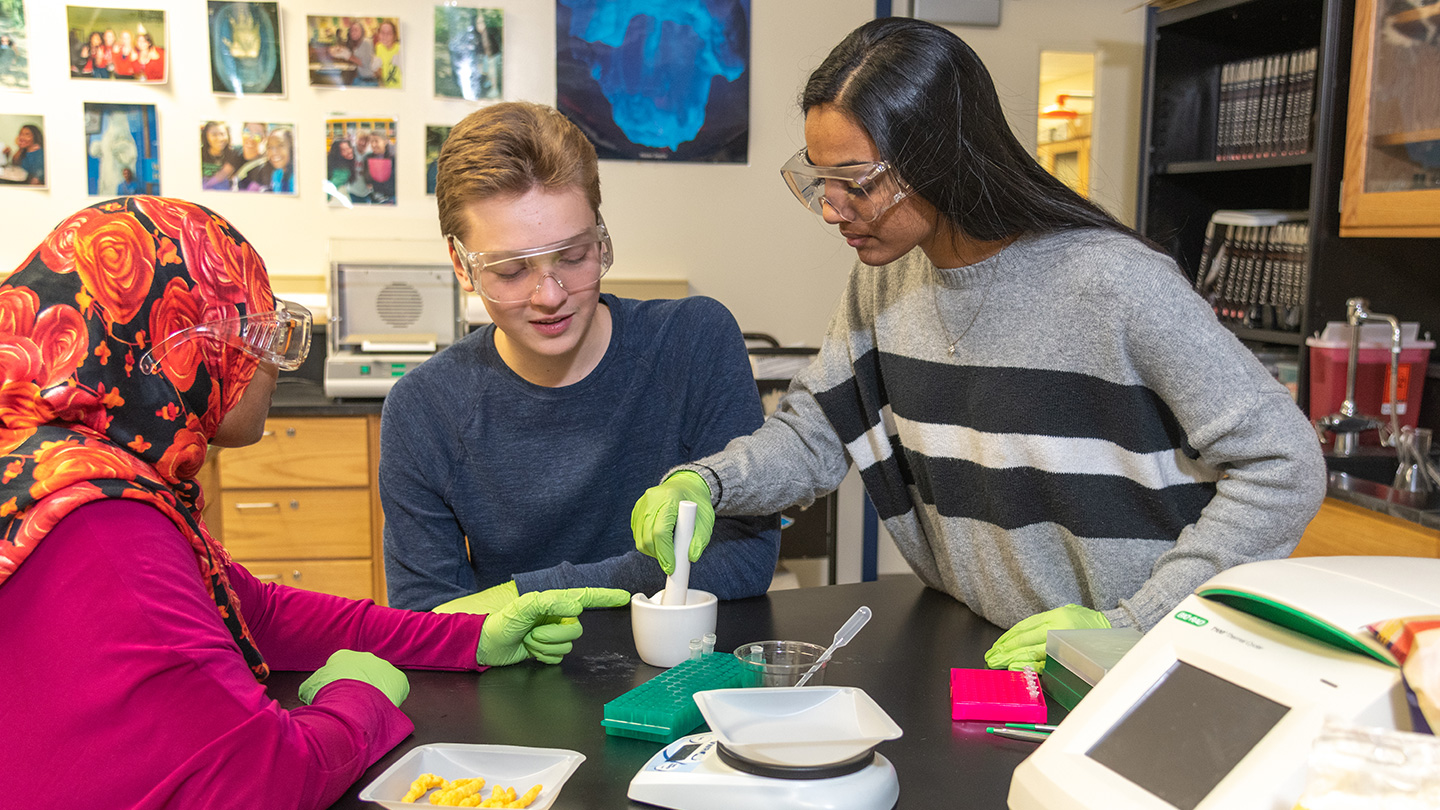
Related Kits for Food and Agricultural Science

DNA Barcoding Kits
Explore local biodiversity and “food fraud” by incorporating PCR, DNA sequencing, and bioinformatics to identify species of fish, mammals, insects, or fungi using a DNA barcode.
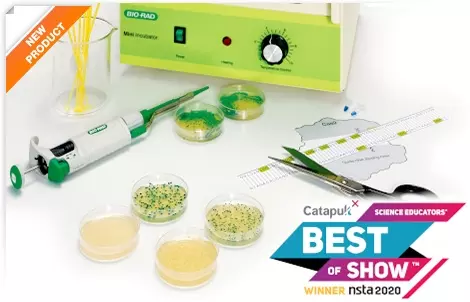
Out of the Blue CRISPR and Genotyping Extension Kits
Researchers use CRISPR genome editing to create plants with specific, desired traits. Give your students hands-on experience with this cutting-edge technique as they use CRISPR-Cas9 technology to engineer a stop codon into the lacZ gene in E. coli. Visualize results with blue-white screening and confirm them by PCR.

Microbes and Health Kit
Teach students about bacterial metabolism, cellular chemistry, and the role of bacteria in disease and food microbiology. Follow Koch's postulates by isolating bacteria from yogurt.
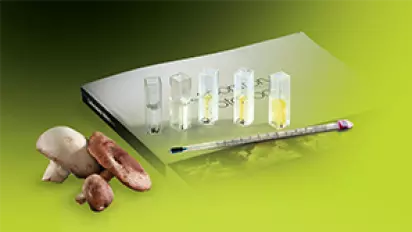
Biofuel Enzyme Kit
Explore enzyme kinetics and function through the real-world application of cellulosic ethanol production. Calculate the conversion rate of a model biofuel substrate by cellobiase.

Engineering Solutions for Global Health Kit
Instruct students on how to measure protein content in foods and design solutions to a complex, real-world problem — malnutrition.

Got Protein? Kit
Investigate the protein content of milk and nutritional drinks students using Bio-Rad's Quick Start Bradford Protein Assay.
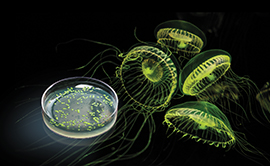
pGLO Bacterial Transformation and GFP Kits
How do agricultural scientists genetically modify plants grown for consumption? Learn a biotechnology technique used in real labs where a jellyfish gene is inserted into bacteria to make it glow!
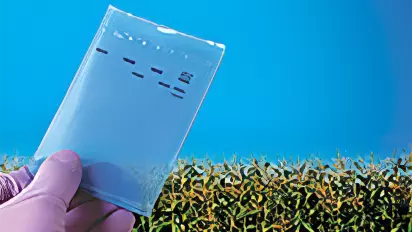
GMO Investigator Kit
Use PCR and DNA electrophoresis to test for the presence of two different GMO-associated DNA sequences commonly used in transgenic plants.

GMO Investigator Real-Time PCR Starter Kit
Illustrate the principles of real-time quantitative PCR (qPCR) and its use in testing foods for the presence of genetic modifications.
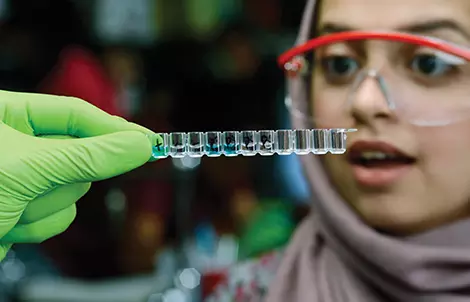
ELISA Immuno Explorer Kit
Explore applied immunology by guiding students in the detection of an antibody or antigen in a sample using an enzyme-linked immunosorbent assay (ELISA).

Virus Detection and Transmission Kit
With this lab activity, your students become virus detectives as they learn about noroviruses and use gel electrophoresis and preamplified PCR samples to determine how a novel norovirus spread in a restaurant.

IDEA Electrophoresis Kit
Teach the skills required for agarose gel electrophoresis using food dyes to illustrate how molecules move through a molecular sieve in an exercise with real-world relevance.
